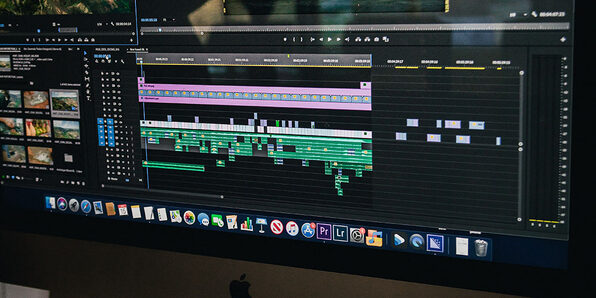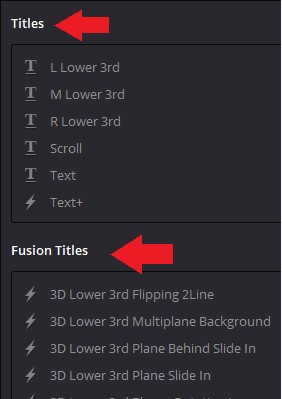

But as we can see when doing it on a Position keyframe, Resolve just doesn’t do it. To add an ease to a keyframe, just select and right-click the keyframe, then select Ease In or Ease Out, whichever shows up.

Unfortunately for Resolve users, this feature doesn’t work reliably. Objects in real life have to ramp up in speed, they don’t just start moving at a consistent speed.

This makes the animation ramp into and out of an animation. One thing that really sells an animation and makes it look natural is keyframing easing. Your layer will move across the screen, and if you want to adjust it you can either change the numbers while your playhead is on the keyframe, or you can drag a keyframe to make an animation shorter or longer. So for example, create a second Position keyframe in a different position, then play it back. Move the play head somewhere else and change the property to a different number. This is kind of like the effects control panel in Premiere Pro, except it only shows the properties that are being edited. Now you’ll be able to see all of the animation properties that you’ve added, and no more. This will show all the keyframes on one line though, so expand this by clicking the arrow on the side. Click on this to expand the viewer and see all of your keyframes. Now that you’ve added a keyframe, the animation logo will appear in the very bottom right of the layer. Move your playhead to where you want the animation to begin, and set a keyframe by clicking on the diamond symbol next to the property. In the Inspector window, look for Position. But you can also start doing some animation. In the Inspector panel, you can adjust things like font type. From the Edit panel, click on Effects Library, Titles, and drag a Text title onto your timeline. The “Background” is enabled by default, therefore in order to prevent it from always showing, the “Height” is set to 0 by default.Ĭheck out this image for reference to fix the problem.The most basic and common graphics in resolve are text titles. If your text background in DaVinci Resolve is not showing, simply increase the “Height” value. Fix Text Background Not Showing in DaVinci Resolve Skip this next section if your background is already showing. First, we’ll just discuss a common problem I’ve noticed alot of people are struggling with. Soon, we will look into how you can adjust the get the look you want. Then open the “Inspector”, scroll down to “Background”, and increase the “Height”. Next, drag the title called “Text” into the timeline, and select it. Then in the top left-hand corner, click on “Effects” > “Toolbox” > “Titles”.

To add background to text in DaVinci Resolve, go to the “Edit” page.
DAVINCI RESOLVE ADDING TEXT HOW TO
Open Resolve and go to the “Edit” page.Ī quick summary, on how to add text background in Resolve: How to Add Background to Text in DaVinci Resolve 1.


 0 kommentar(er)
0 kommentar(er)
